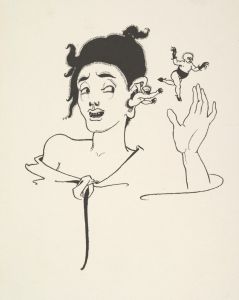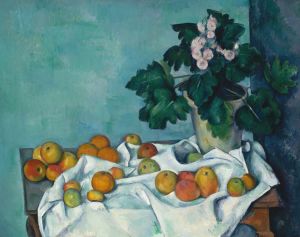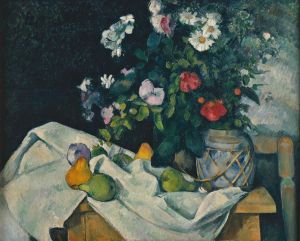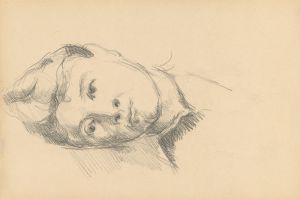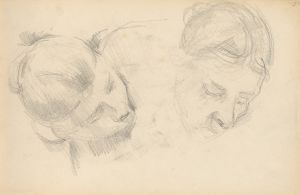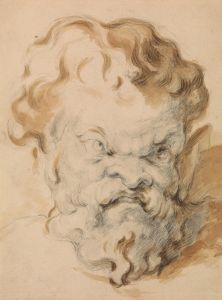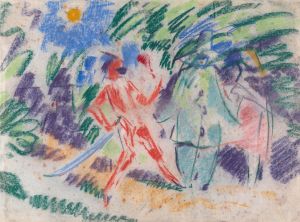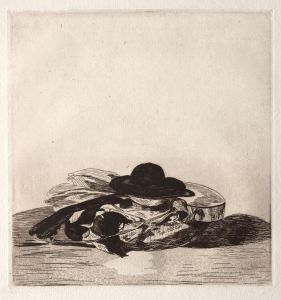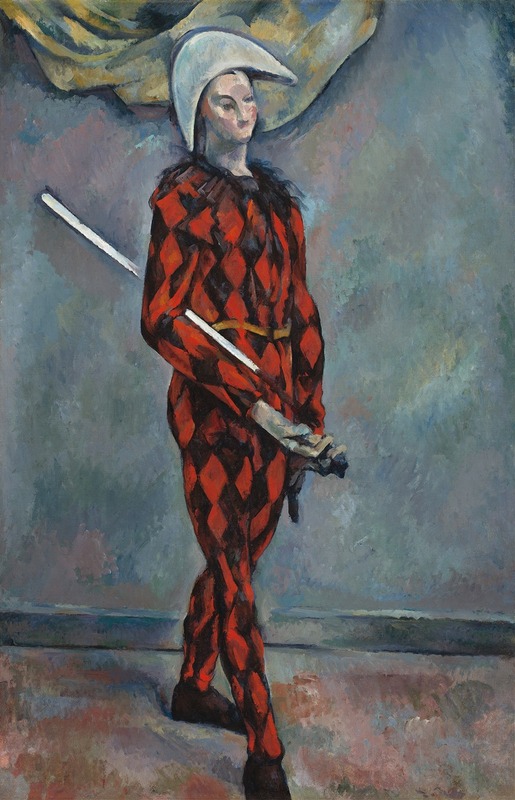
Harlequin
A hand-painted replica of Paul Cézanne’s masterpiece Harlequin, meticulously crafted by professional artists to capture the true essence of the original. Each piece is created with museum-quality canvas and rare mineral pigments, carefully painted by experienced artists with delicate brushstrokes and rich, layered colors to perfectly recreate the texture of the original artwork. Unlike machine-printed reproductions, this hand-painted version brings the painting to life, infused with the artist’s emotions and skill in every stroke. Whether for personal collection or home decoration, it instantly elevates the artistic atmosphere of any space.
Paul Cézanne's Harlequin is a painting created by the French Post-Impressionist artist around 1888–1890. This work depicts a figure dressed in the traditional costume of a harlequin, a character from the Italian commedia dell'arte, which was a form of theatrical comedy that originated in the 16th century. The harlequin costume, typically characterized by its diamond-patterned design, is a recurring motif in art and literature, symbolizing playfulness, theatricality, and sometimes melancholy.
In Cézanne's Harlequin, the figure is shown standing in a frontal pose, wearing a red and black diamond-patterned outfit. The figure's stance is rigid, with arms at the sides, and the expression is neutral, lending the painting a sense of stillness and formality. The background is relatively plain, which draws attention to the harlequin figure itself. Cézanne's use of color and brushwork reflects his characteristic style, with a focus on structure and form rather than intricate detail. The painting demonstrates Cézanne's interest in simplifying objects into geometric shapes and exploring the interplay of color and light.
This work is part of Cézanne's broader exploration of human figures, which he approached with the same analytical rigor as his still lifes and landscapes. While Cézanne is best known for his contributions to the development of modern art through his studies of form and perspective, his figure paintings, including Harlequin, reveal his ability to imbue traditional subjects with a sense of timelessness and abstraction.
Harlequin is housed in the National Gallery of Art in Washington, D.C., where it is part of the museum's collection of Cézanne's works. The painting is considered an important example of Cézanne's approach to figural representation and his ability to reinterpret classical themes through his unique artistic vision.





